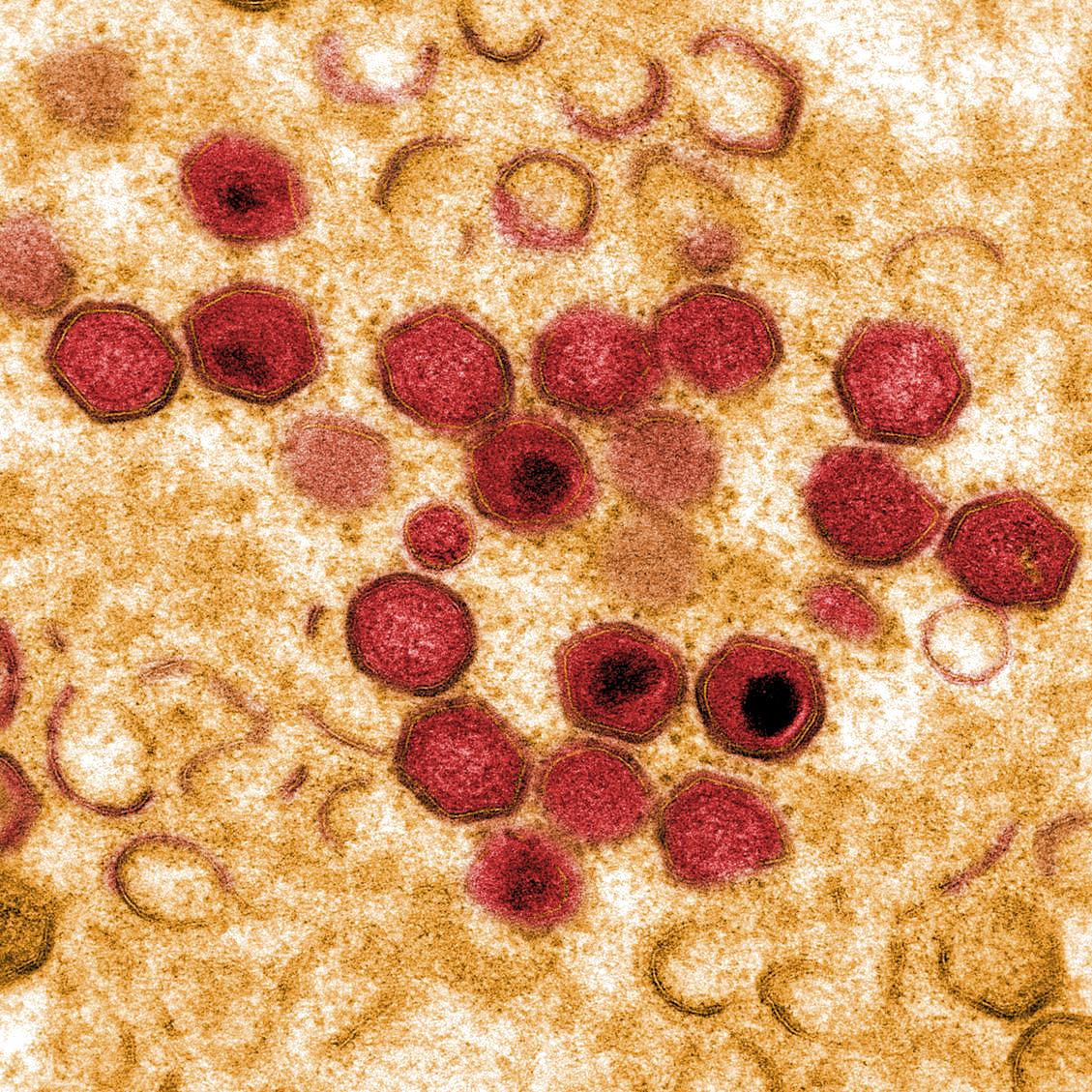The respiratory DC/macrophage network at steady-state and upon influenza infection in the swine biomedical model
Human and mouse respiratory tracts show anatomical and physiological differences, which will benefit from alternative experimental models for studying many respiratory diseases. Pig has been recognized as a valuable biomedical model, in particular for lung transplantation or pathologies such as cystic fibrosis and influenza infection. However, there is a lack of knowledge about the porcine respiratory immune system. Here we segregated and studied six populations of pig lung dendritic cells (DCs)/macrophages (M[theta]s) as follows: conventional DCs (cDC) 1 and cDC2, inflammatory monocyte-derived DCs (moDCs), monocyte-derived M[theta]s, and interstitial and alveolar M[theta]s. The three DC subsets present migratory and naive T-cell stimulation capacities. As observed in human and mice, porcine cDC1 and cDC2 were able to induce T-helper (Th)1 and Th2 responses, respectively. Interestingly, porcine moDCs increased in the lung upon influenza infection, as observed in the mouse model. Pig cDC2 shared some characteristics observed in human but not in mice, such as the expression of FC[epsiv]RI[alpha] and Langerin, and an intra-epithelial localization. This work, by unraveling the extended similarities of the porcine and human lung DC/M[theta] networks, highlights the relevance of pig, both as an exploratory model of DC/M[theta] functions and as a model for human inflammatory lung pathologies.
